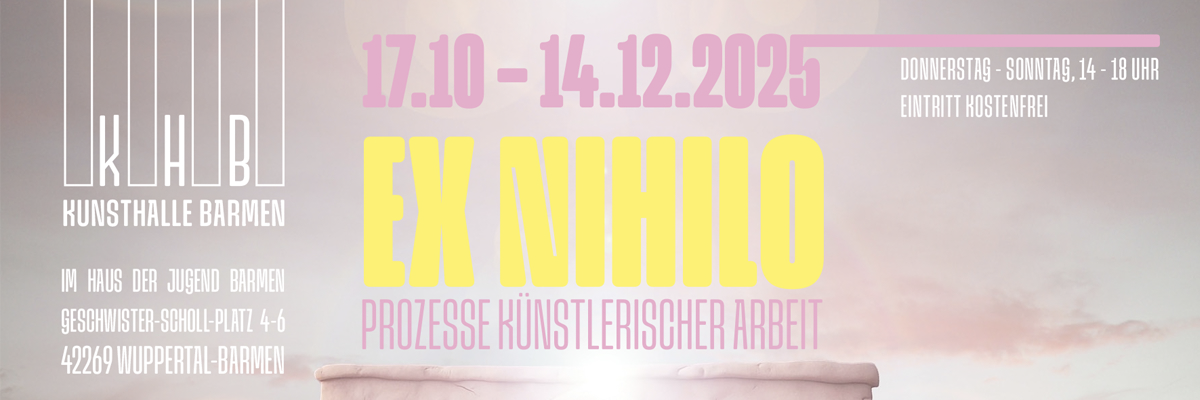
Laura Bielau
ARBEIT, TEST, FOTOGRAMME, ICH
Project Info
- 💙 Kunsthalle Recklinghausen
- 💚 Maxie Fischer, Miriam Edmunds
- 🖤 Laura Bielau
- 💜 Maxie Fischer
- 💛 Mathias Völzke
Share on

Laura Bielau, ARBEIT, TEST, FOTOGRAMME, ICH, Kunsthalle Recklinghausen, photo: Mathias Völzke
Advertisement

Laura Bielau, ARBEIT, TEST, FOTOGRAMME, ICH, Kunsthalle Recklinghausen, photo: Mathias Völzke
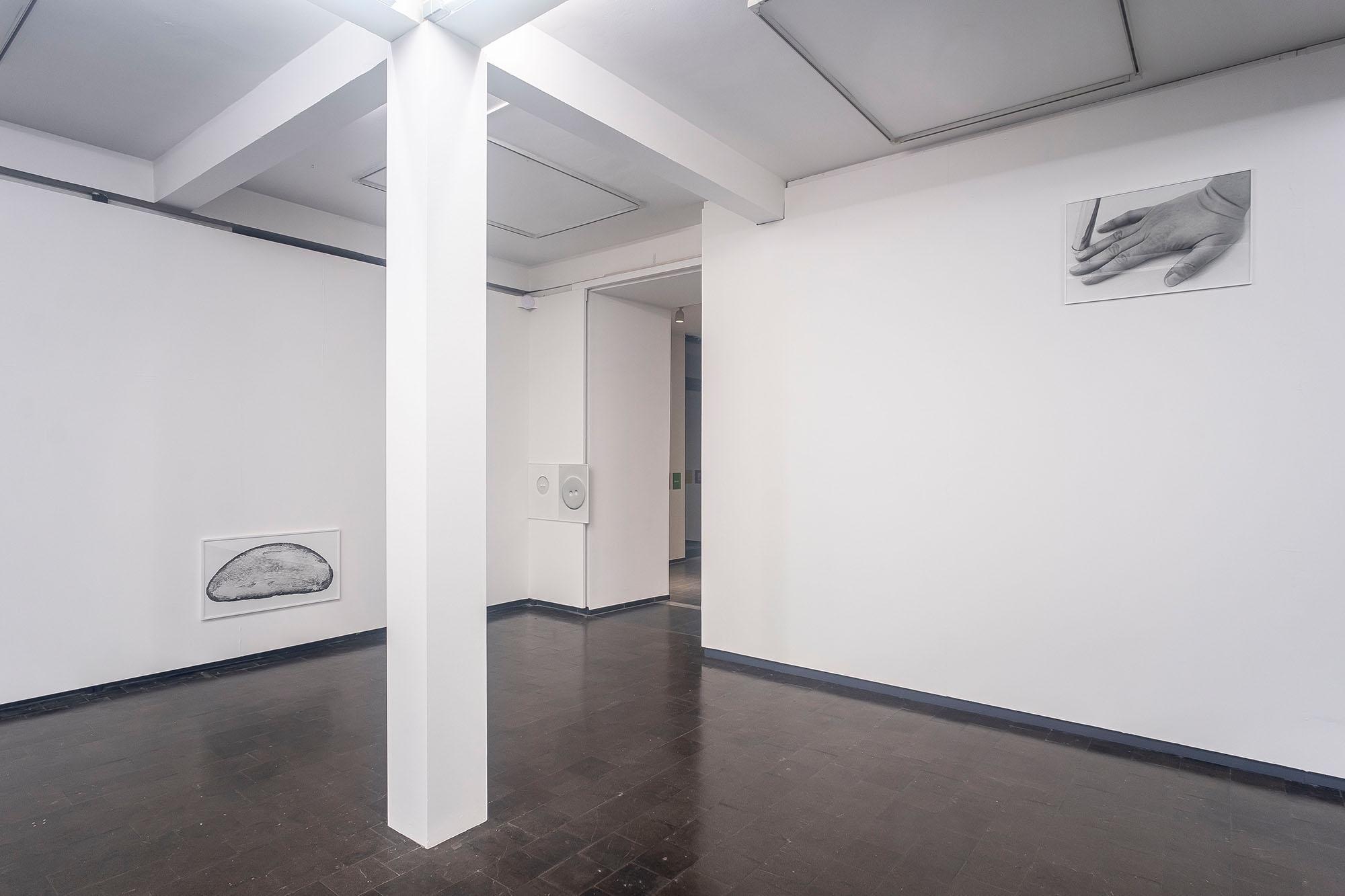
Laura Bielau, ARBEIT, TEST, FOTOGRAMME, ICH, Kunsthalle Recklinghausen, photo: Mathias Völzke
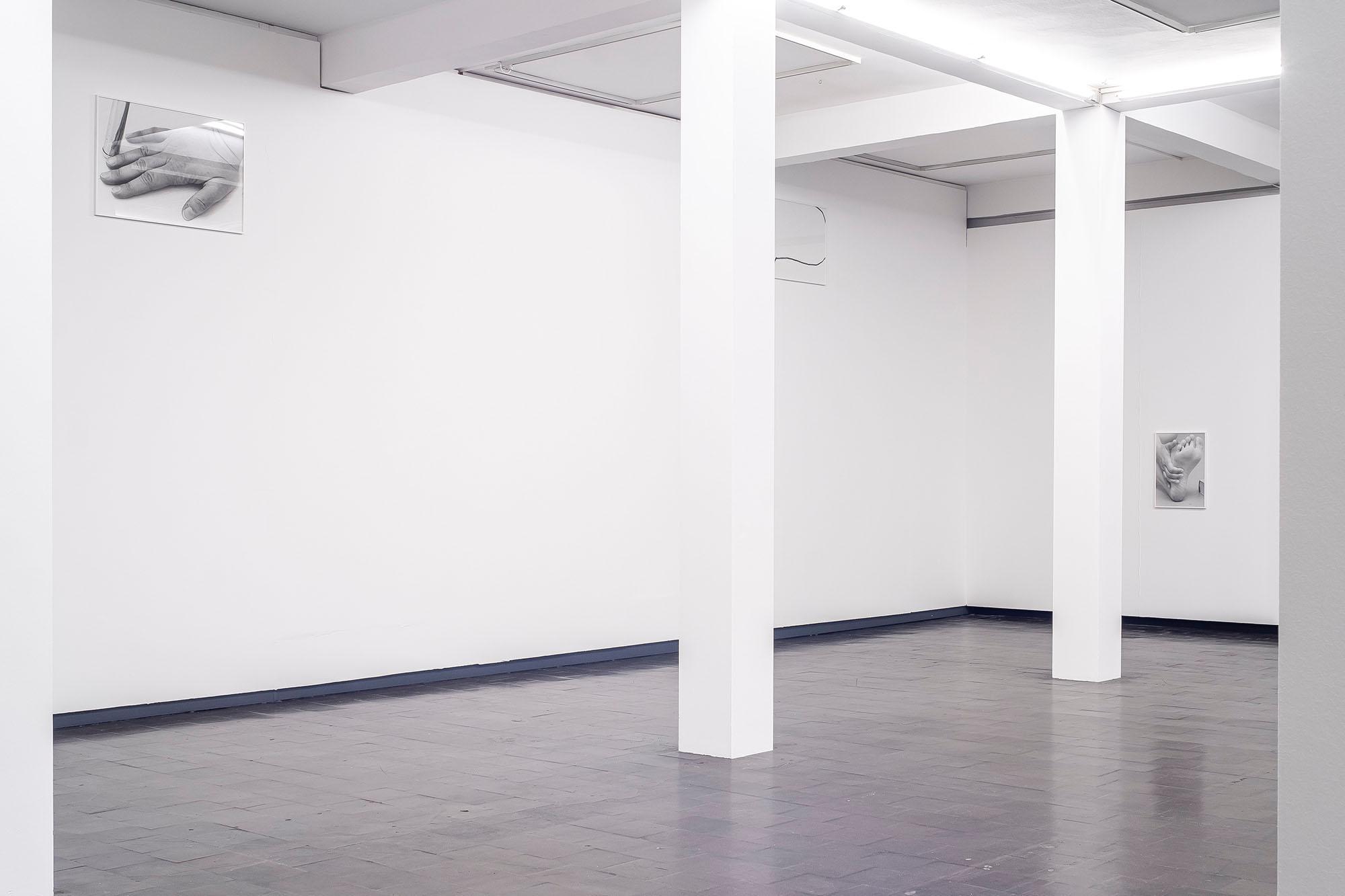
Laura Bielau, ARBEIT, TEST, FOTOGRAMME, ICH, Kunsthalle Recklinghausen, photo: Mathias Völzke

Laura Bielau, ARBEIT, TEST, FOTOGRAMME, ICH, Kunsthalle Recklinghausen, photo: Mathias Völzke
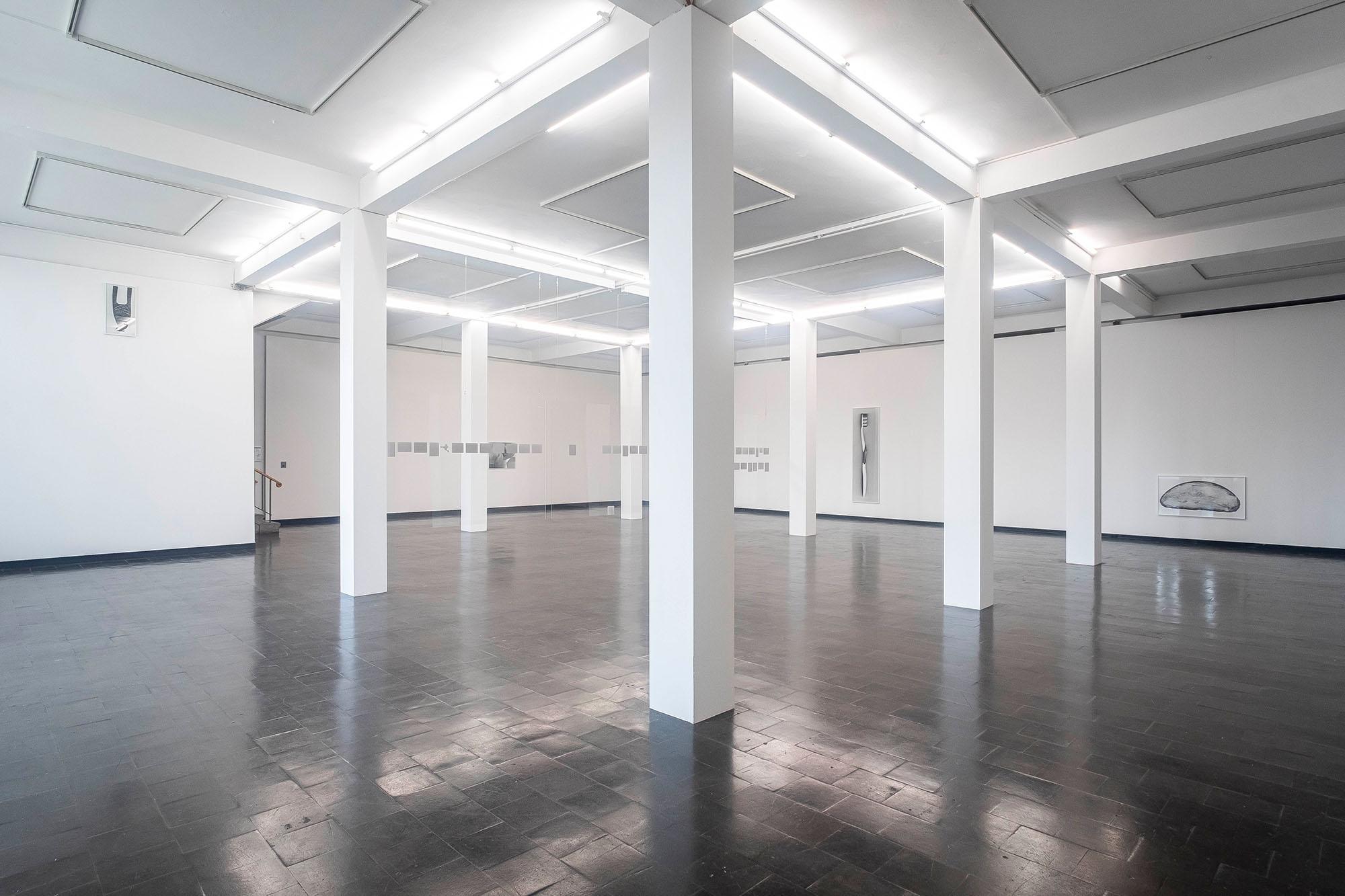
Laura Bielau, ARBEIT, TEST, FOTOGRAMME, ICH, Kunsthalle Recklinghausen, photo: Mathias Völzke

Laura Bielau, ARBEIT, TEST, FOTOGRAMME, ICH, Kunsthalle Recklinghausen, photo: Mathias Völzke
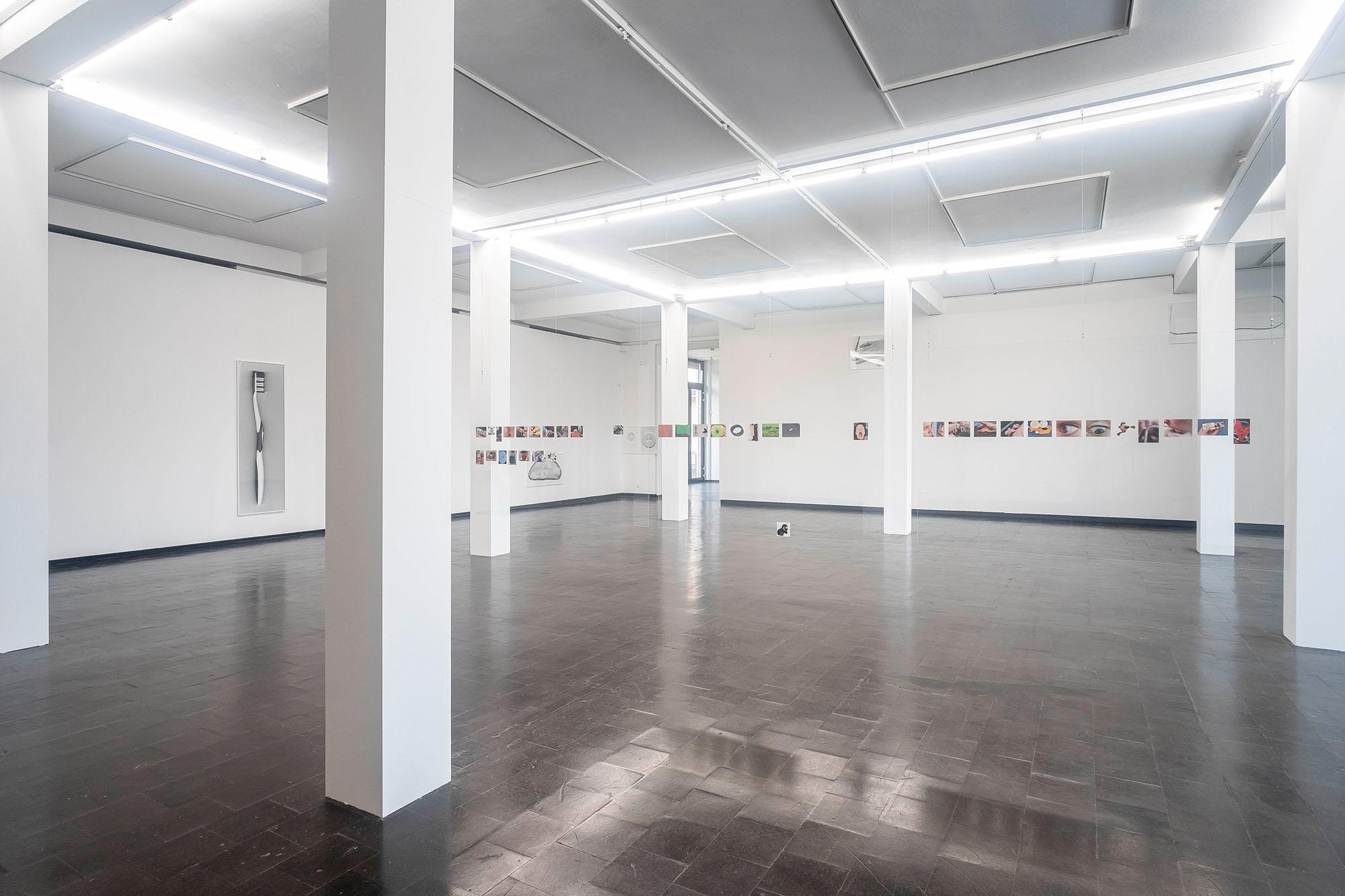
Laura Bielau, ARBEIT, TEST, FOTOGRAMME, ICH, Kunsthalle Recklinghausen, photo: Mathias Völzke

Laura Bielau, ARBEIT, TEST, FOTOGRAMME, ICH, Kunsthalle Recklinghausen, photo: Mathias Völzke
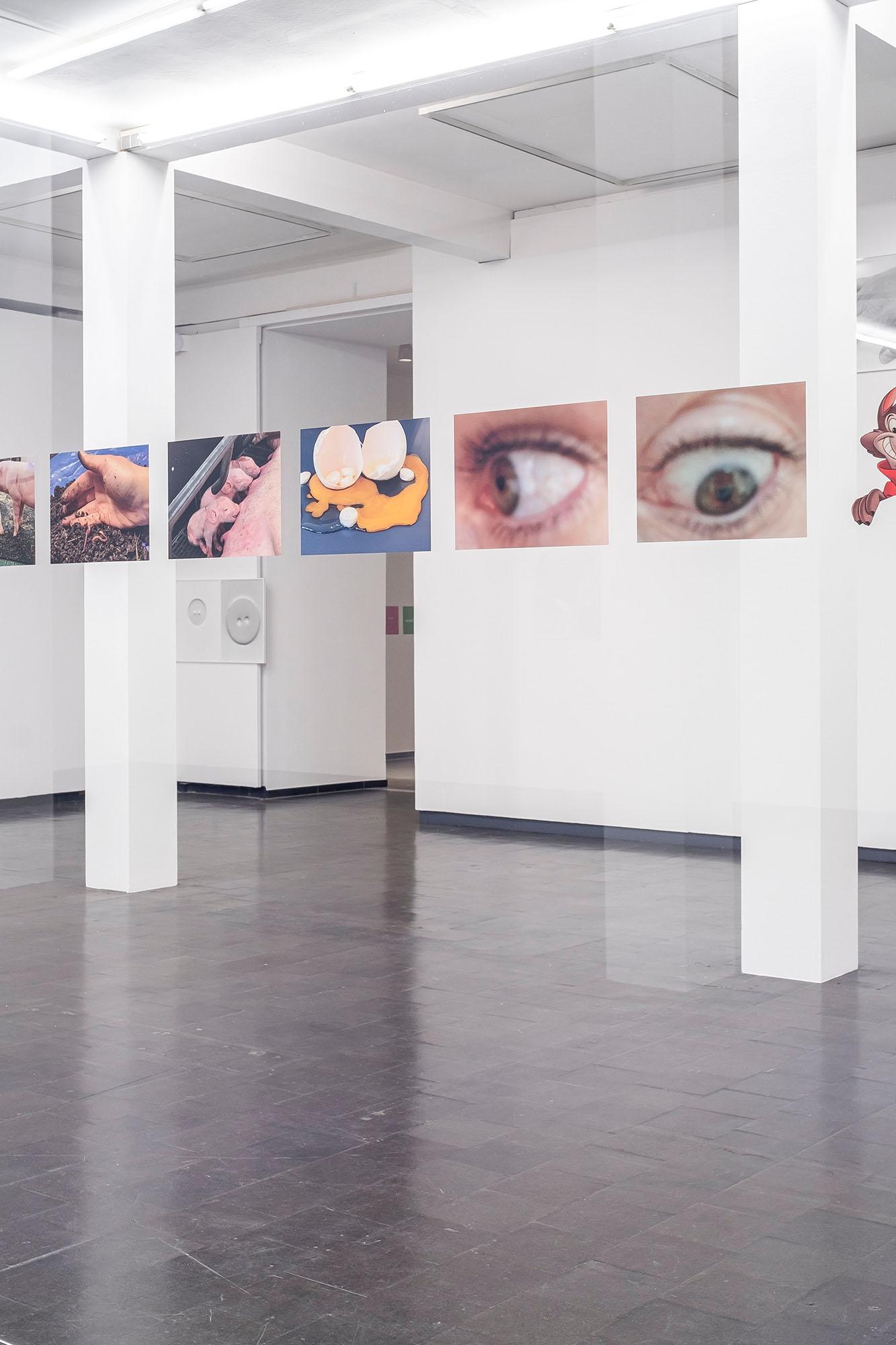
Laura Bielau, ARBEIT, TEST, FOTOGRAMME, ICH, Kunsthalle Recklinghausen, photo: Mathias Völzke

Laura Bielau, ARBEIT, TEST, FOTOGRAMME, ICH, Kunsthalle Recklinghausen, photo: Mathias Völzke
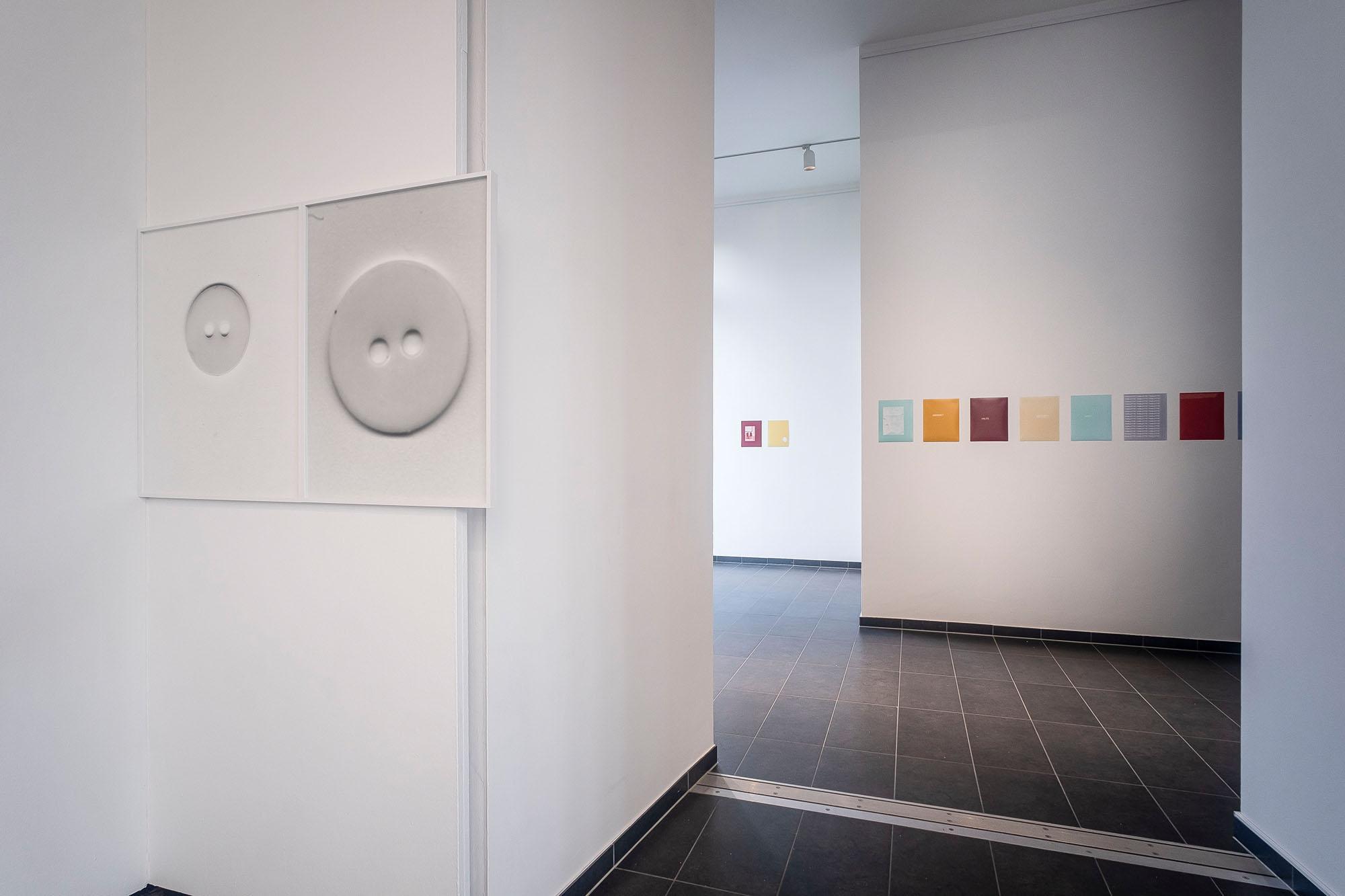
Laura Bielau, ARBEIT, TEST, FOTOGRAMME, ICH, Kunsthalle Recklinghausen, photo: Mathias Völzke
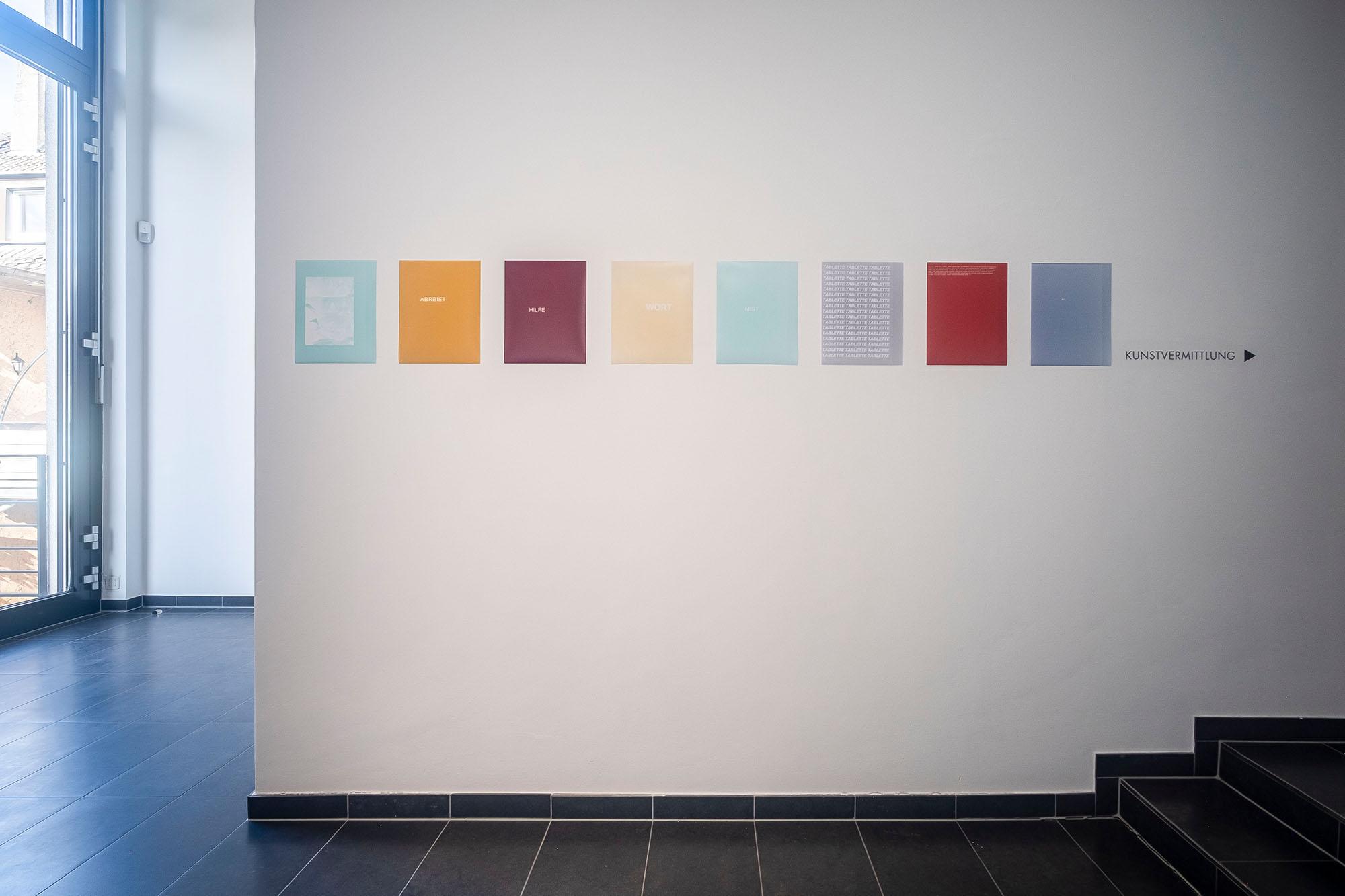
Laura Bielau, ARBEIT, TEST, FOTOGRAMME, ICH, Kunsthalle Recklinghausen, photo: Mathias Völzke
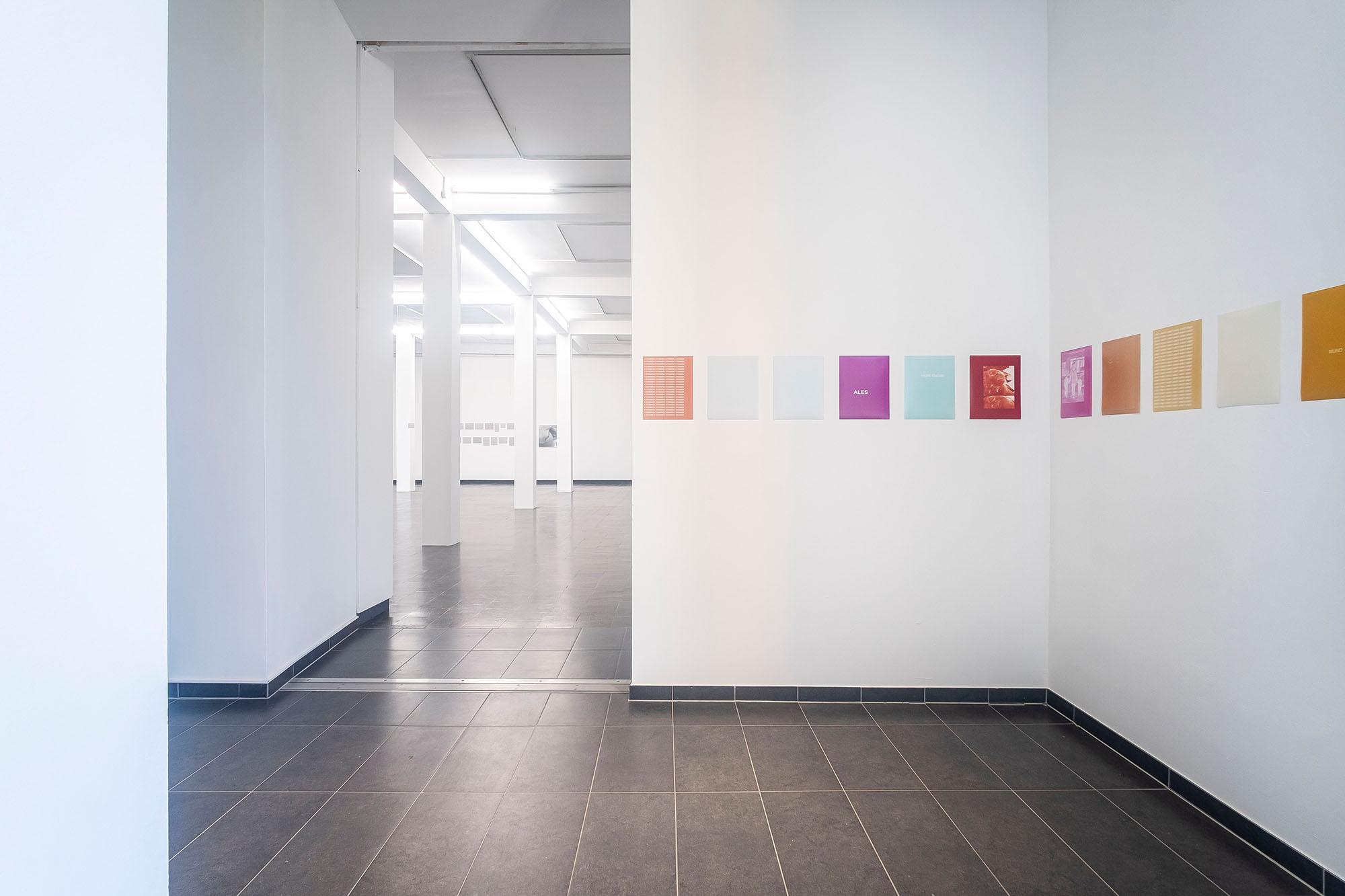
Laura Bielau, ARBEIT, TEST, FOTOGRAMME, ICH, Kunsthalle Recklinghausen, photo: Mathias Völzke

Laura Bielau, ARBEIT, TEST, FOTOGRAMME, ICH, Kunsthalle Recklinghausen, photo: Mathias Völzke

Laura Bielau, ARBEIT, TEST, FOTOGRAMME, ICH, Kunsthalle Recklinghausen, photo: Mathias Völzke
Laura Bielau's work is created as an investigation into the conventions and expectations of the photographic image. In this context, the laboratory is central as a site of experimentation, control and production. While she initially focusses on the contexts of action in the light-tight space of the darkroom, her range of themes expands from the photo lab to scientific laboratories. In her works, conceived as series, she circles her subjects like a researcher over the course of several years. Successively and in ever new arrangements and contexts, she explores the construction, expressive and referential qualities of images. Her photography is a web of associations, metaphors and refusals as well as a reminder that there is yet another image underneath.
The title of the exhibition, ARBEIT, TEST, FOTOGRAMME, ICH [WORK, TEST, PHOTOGRAMS, ME], relates to the work complexes on display. Bielau's approach could also be described as an aesthetic of reduction. Her photography – whether as a silver-gelatine print, sticker or working print – is a persistent abstraction of the motif. What does an image need to function as such? And what can be subtracted to condense it to its very essence?
ARBEIT
A slice of bread with butter, her own hand, a toothbrush. All these things can be found in photographer Laura Bielau's studio. What she does with them is work. But what is work? Where does it begin, where does it end? Or, to paraphrase Hannah Arendt: What are we doing when we are working? Where are we when we think? Bielau's exploration of these questions began in industrial companies and factories, where she photographed employees alternating between day and night shifts. Eventually she turned her attention on herself: For Laura Bielau, work is a constant of living existence, the physical, psychological and social dimensions of which cannot be resolved in economic debates. In this interpretation, the image of a slice of bread is an expression of existential needs. One's own hand becomes a prerequisite for being active. But it can also, as in the image of two intertwined fists, turn into an effort against oneself.
The photographic series oscillate between iconic representation, minimalism and objective sobriety. Her black and white photographs are detached from the proportions of the actual objects, depicting them with almost no sense of visual depth. Bielau thus finds a formal approach that gives the objects a presence far removed from their function. Numerous references to other works and artistic positions can be recognised in this abstraction. The hand-painted speech bubble protruding over the edge of the picture recalls the playful banality of Pop Art, which once transcended boundaries. The banana becomes a cipher for female emancipation and can be read as a reference to the conceptual artist Natalia LL, whose staged self-portraits with bananas are seen as a critique of consumerism and the Western representation of the body. Bielau describes the relationships between the works as complexity and networking within art. The reception and exchange of concepts and experiences enter into her work, revealing another dimension of labour as a constant preoccupation and participation.
TEST
The starting point for TEST was a colony of ants that Bielau temporarily set up in her studio. In this experimental arrangement, she observed the hierarchical and state-building organisation of the insects, in which the altruistic workers support the queen, who passes on her genes to her offspring. Transferred to contexts outside the studio, her artistic research is concerned with the interconnectedness of all living things. To this end, she explores the common needs of humans and animals as well as the trade-offs between cooperation and self-interest. However, the human urge to control the animal and plant world and tilt the balance of power in their favour remains.
Laura Bielau's research is wide-ranging: her photographs were taken at research facilities for behavioural biology, plant genetics and viral diseases. She travelled to the island in the Baltic Sea where the genetic material of the last, recently deceased northern white rhino bull is kept. She photographed a primate centre, where monkeys are used for research, and an institute for crop and plant genetics, where seedlings develop resistance to climate change under artificially difficult environmental conditions. She visited waste treatment plants, protest camps, and took many outdoor photographs, such as of nests and shelters in urban areas, or of summer fires near the A9 motorway in Brandenburg. Finally, she focused on the representation of creatures and habitats in literature, advertising and computer games, as well as in relation to political propaganda. One of the reference images she cites is by John Vachon from 1941, showing the endless gates of the meatpacking industry at the Union Stock Yards in Chicago. Another image shows a poster campaign in the former East Germany in the 1950s, when the so-called “Amikäfer” [American bug] was blamed for a plague of pests. Alongside these are various depictions of animals with human attributes, such as Wilhelm Busch's clever rat or a sow wearing earrings and a short dress. Bielau's images, mostly taken with a smartphone or saved as screenshots, are an ongoing process of research and reflection on the extent to which ecological issues are permeated by social, economic and cultural contexts.
FOTOGRAMME & ICH
The photogram is an imaging process dating back to the early days of photography in the 1830s, in which objects are exposed directly onto photographic paper using a contact process. For Laura Bielau, her photograms are a form of artistic variant that allows a direct and intuitive approach to the medium.
Words, colours, shapes, images: Using a transparency that functions like a negative, the possibilities of the motif are explored and the colour filters are exhausted. Unique and working print are one and the same here. These sketches contain numerous references and allusions to photographic and personal themes. Concepts appear as variables for which there is as yet no definition as an image. Typed notes reveal aesthetic challenges.
8 hours as an interval of life: work, sleep, leisure; she and her brother at the hand of their mother, photographed in front of a kindergarten and printed in a local newspaper alongside an article about working women in the GDR; the formula "n.l." or "nicht lösbar" [not solvable] as a childhood strategy for explaining the world to oneself.
ICH reveals the person behind the camera, who is as much involved in a web of relationships, influences and views as her pictures. ICH shows Laura Bielau as a photographer, alone in her studio, absorbed in other artistic works, thrown back on herself and as her only counterpart. She photographs and is photographed, as a sister, as a daughter and as a mother. ICH is a constant questioning and reflection of her own position as a photographer.
Maxie Fischer
Maxie Fischer

